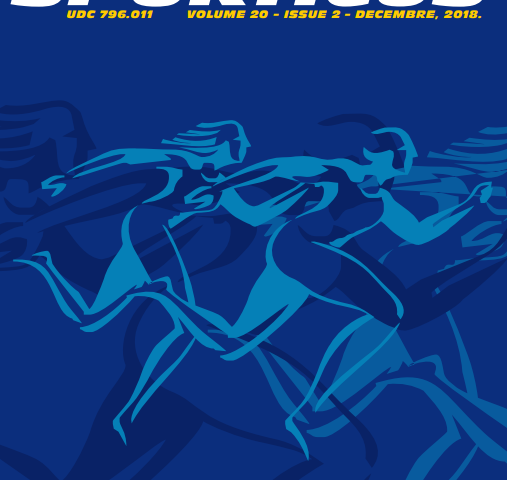Abstract
A research study was conducted on a sample of 110 male and female participants aged 11 and 12 years (±1.2 years) to compare two different methods for identifying spinal deformities. The aim was to determine which of the two methods is better and more applicable in practical school conditions. The methods compared were Napoleon Wolanski’s method with 8 variables and the 3D method from Contemplas GmbH TEMPLO General Motion, assessed with a total of 11 variables. By analyzing the table of central dispersion parameters of body posture according to Napoleon Wolanski’s method, the
participants were classified into 5 groups based on the results. Participants with scores up to 8 points were considered to have good posture, while those with scores from 9 to 16 points were treated as having poor posture. The research revealed that a total of 66 out of 110 participants had poor posture, accounting for 60%. Results from the Contemplas method showed deviations from proper posture in almost all variables. The analysis indicated significant deviations in shoulder rotation, pelvic rotation, sagittal distances, and flexion/extension variables. Overall, the results demonstrated a high prevalence of body
deformities in 11- and 12-year-old students. Analyzing the results of both methods for determining body deformities, it can be confidently stated that the frequency of body deformities in students aged 11 and 12 is significantly high. Napoleon Wolanski’s
method identified that 60% of participants had some form of spinal deformity, while the Contemplas method showed more pronounced results, with some variables indicating deformations in 80-85% of participants. Despite providing more detailed information about students’ posture, the Contemplas method is less applicable in practical school conditions due to its significant cost. Therefore, Napoleon Wolanski’s method remains indispensable in school settings.
Keywords: Morphological characteristics, body composition, physical deformities


